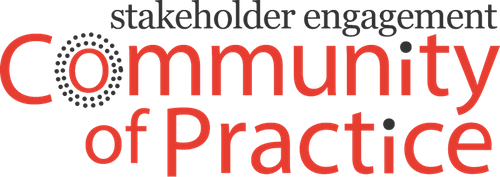Today as the UN High Level Meeting on HIV/AIDS comes to a close, AVAC joins our colleagues and collaborators from civil society in expressing disappointment in the final Political Declaration on HIV and AIDS: On the Fast-Track to Accelerate the Fight against HIV and to End the AIDS Epidemic By 2030 that was issued, noting in particular the failure to produce language that elevates gay men and other men who have sex with men, transgender people and sex workers to equal status with all other people at risk of and living with HIV in the world today.
There were significant strides for women and girls and a new goal of achieving 30 million people on treatment by 2020, but in its approach to key populations, the Declaration was largely unchanged from 2011. Without this recognition and commensurate action to decriminalize and destigmatize specific identities and the virus itself, new cases of HIV will continue to rise—a trend reported by UNAIDS earlier this week.
A weak Political Declaration is never helpful, but it is crippling, poised as we are at a moment in the epidemic where strategy, acceptance, political will and financing have the potential together to make great progress we must make to achieve the Fast Track goals. In response to these developments, AVAC joined with 162 global civil society organizations to issue a more ambitious, rights-based and inclusive 2016 Political Declaration on Ending AIDS. This call to action led to the announcement of a welcome and much needed initiative by the United States President’s Emergency Plan for AIDS Relief (PEPFAR) of a new $100 million investment fund to expand access to proven HIV prevention and treatment services for key populations.
We share with allies our concerns with the emphasis on country-led decision-making based on national context. Like so many phrases in this epidemic, this one also carries multiple meanings. AVAC strongly advocates gathering epidemiological information and using it to guide responses that are developed and monitored by those most at risk and most in need. But the same concept can also be used by governments that see context selectively—erasing certain groups from their programs by failing to collect or release data on them.
We are living in an era of unprecedented access to and focus on data. What gets counted is what gets attention—and we know in many many countries that the populations at highest risk, who are most marginalized, are not counted. Gay men and other men who have sex with men, sex workers, people who use drugs and young women at great risk have high rates of HIV and low access to services. We need to accept nothing less than a comprehensive research, data and monitoring agenda that tracks the needs, priorities and outcomes of these populations in all countries—including middle income nations. And where governments won’t do it, implementers and NGOs can and should lead the way.
Only then can we meet the goals in the civil society 2016 Political Declaration on Ending AIDS that “combination HIV programs… meaningfully involve communities at all levels, … be well-managed with necessary capacity, scaled up to reach at least 90 percent of those in need, and be aligned with global guidance developed and supported by the WHO and UNAIDS”—and only then will we have any chance at all to begin to end the epidemic.
One last thing: this week should also be a reminder that, despite the rhetoric, we don’t actually have “all the tools we need to end the epidemic”. Luckily, the final Political Declaration does recognize that research and development for additional prevention and treatment options must be accelerated—now we just need to be sure that financing, targets and programs commit to acting on it.
